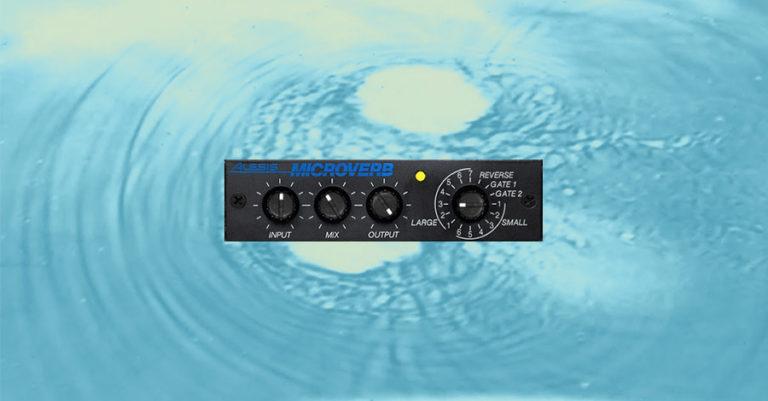



But it's also helpful to place a compressor before the pitch-shifter - this can help to keep up the level and density of the reverb tail, creating something akin to a pad or string machine sound. The two key components of the shimmer effect are octave-up pitch shifting and a suitably long and washy reverb. Some shimmer pedal designs also incorporate a little feedback from the output of the reverb back to the input, and this configuration makes replicating that trickier in most DAWs, but I've found that this step is usually unnecessary anyway. Taking the basic shimmer effect first, this is best set up as a send effect, as this allows you to use different processing to the dry part of the sound, such as a more conventional reverb and/or delay. But you can also set up your own variation on the shimmer effect using plug‑ins that most of us already have. An inexpensive software option is the excellent Valhalla Shimmer plug‑in. Numerous reverb pedals now include a shimmer effect, but those that do it well don't come cheap. Guitar players often combine this effect with a slow fade-in to the note, which can be achieved using a volume pedal, a little finger wrapped around the guitar's volume knob, or a dedicated slow-attack pedal, such as the EHX Attack Decay that we reviewed in SOS July 2019 ( ). One of the staples of ambient music is the so-called shimmer reverb effect, in which each note is followed by a reverberant wash of sound an octave higher than the original. For more instant gratification, you could try a commercial plug‑in such as Valhalla Shimmer!Ĭreating your own shimmer reverb effects is easy, and gives you plenty of creative control.


 0 kommentar(er)
0 kommentar(er)
